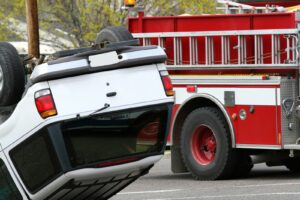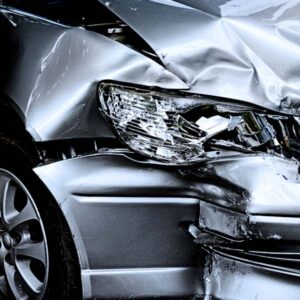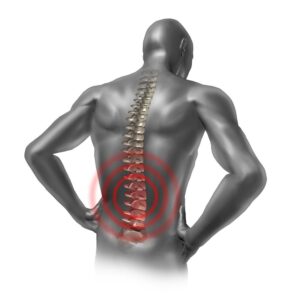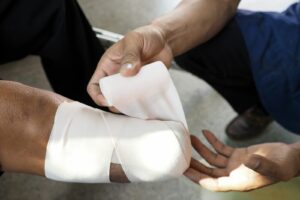
Loose Objects Pose a Serious Risk in Auto Accidents
Loose objects in cars can become dangerous projectiles in the event of a car accident, potentially causing serious injuries or fatalities. Consulting an auto accident attorney can help those who

Loose objects in cars can become dangerous projectiles in the event of a car accident, potentially causing serious injuries or fatalities. Consulting an auto accident attorney can help those who

Drivers are faced with numerous dangers on the road every day, but one danger that often gets overlooked is high winds. High winds can last for an extended period of

One of the most common types of injuries affecting construction workers is back injuries. Once a back injury is sustained, it can be difficult, and sometimes impossible, for a construction

Construction sites are full of potential hazards that put construction workers at risk of injury. One type of life changing injury that construction workers may experience is the amputation of
UTAH INJURY LAWYERS
Flickinger • Boulton
• Robson • Weeks
PROVO OFFICE
3000 N University Ave
Suite 300
Provo, UT 84604
SOUTH JORDAN OFFICE
10393 S. Temple Dr.
Suite 103
South Jordan, Utah 84095
OFFICE HOURS
Monday- Friday: 8AM-5PM
Saturday-Sunday: Closed
*Disclaimer: the information provided by this website is for informational purposes only and should not be considered legal advice or a substitute for competent legal counsel.
**SMS consent and contact phone numbers will not be shared or sold to third parties or their affiliates for any purpose.
© 2025 All Rights Reserved.